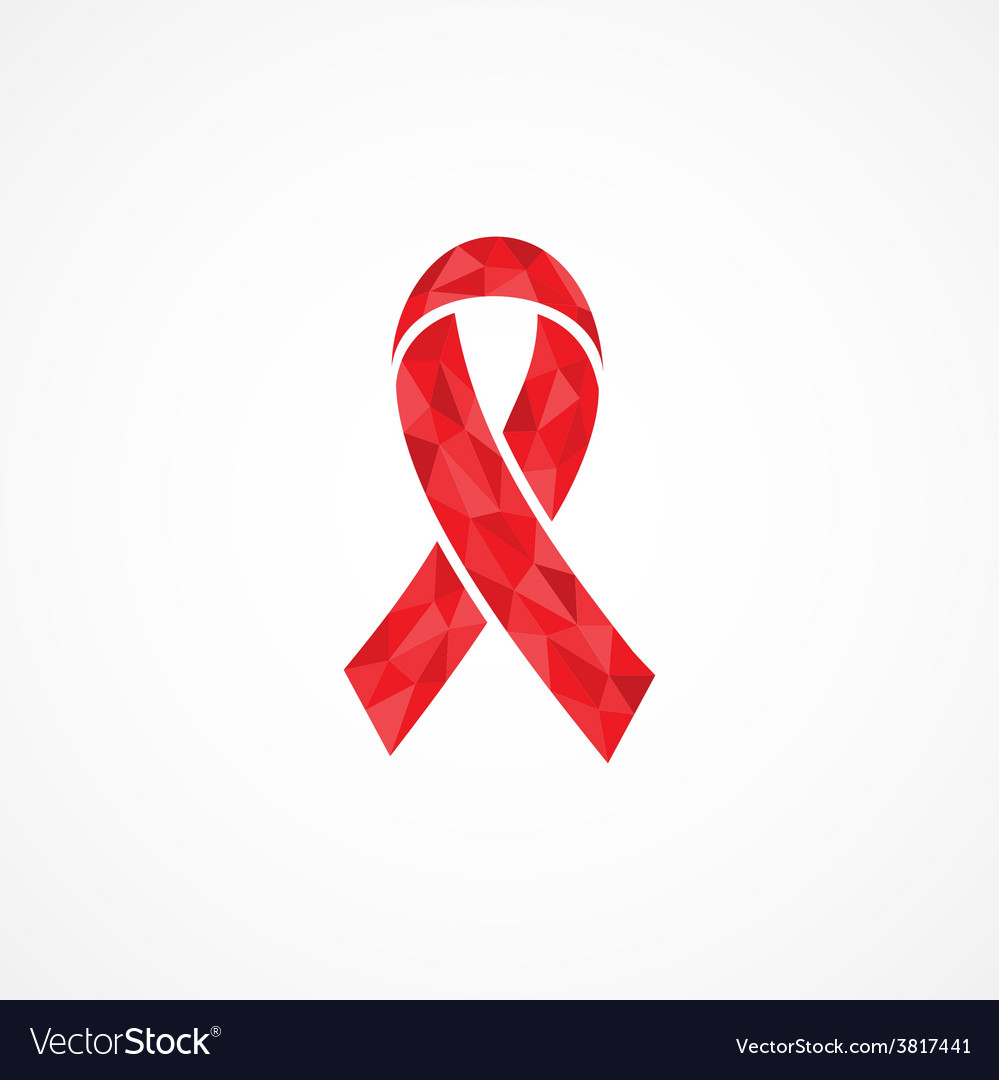
A new study has confirmed that young men between ages 25 and 29 are most likely to transmit HIV in sub-Saharan African.
This is contained in a statement signed by Mandy Sugrue, the Communication Director, International AIDS Society(IAS), and made available to the News Agency of Nigeria(NAN) in Ibadan on Thursday.
The statement said that the report of the study–‘Population Effects of Antiretroviral Therapy to Reduce HIV Transmission (PopART)’-was presented at the ongoing 10th IAS Conference on HIV Science in Mexico.
The News Agency of Nigeria (NAN) reports that the study, which began in Zambia and South Africa in 2014, is a research study that examined the impact of a package of HIV prevention interventions on community-level HIV incidence.
According to the statement, researchers discovered that transmission also peaked in 20 to 24-year-old women after analysing the genetic profile of viruses acquired by participants in the study.
The statement said that findings revealed that preventing all transmissions in these age groups would have reduced HIV infection by 20 per cent and 19 per cent in young men and women respectively.
It stated that there was an urgent need to scale up testing and treatment programmes aimed at this demography of young people.
The statement said that the study used genetic profiling “phylogenetic” analysis to identify 180 probable transmission pairs and applied an individual-based model to predict changes in the HIV epidemic.
It said that the study provided insights into how HIV is spread across sexual networks.
The statement said that researchers had revealed that HIV-Preventing Arm Implant has shown promise in its first human trial.
It said that the tiny implant coulin the future serve as an alternative to the daily oral pre-exposure prophylaxis (PrEP).
According to the researcher technological innovations hold enormous promise for improving health, and in HIV research there have been remarkable advances in the development of efficacious tools for treatment and prevention.
“An implant offers another choice for those who might in the future also have pills and injectables available.
“It could also offer a promising solution to those who face challenges adhering to a daily PrEP regimen.
“Taken together, the HIV prevention studies presented at IAS 2019 show that we are creating new tools to address the realities of people’s lives,” the IAS President, Anton Pozniak, was quoted as saying.
NAN reports that the United Nations had set a goal of ending the global HIV/AIDS epidemic by 2030.
The IAS, founded in 1988, leads collective action on every front of the global HIV response through its membership base, scientific authority and convening power.
It is the world’s largest association of HIV professionals with members in more than 170 countries.




This website is remarkable information and facts it’s really excellent